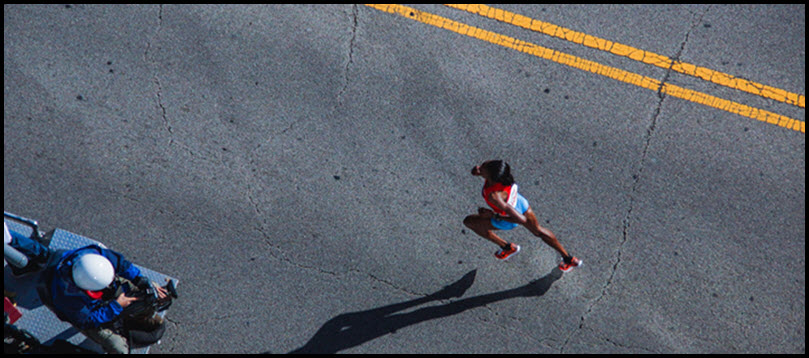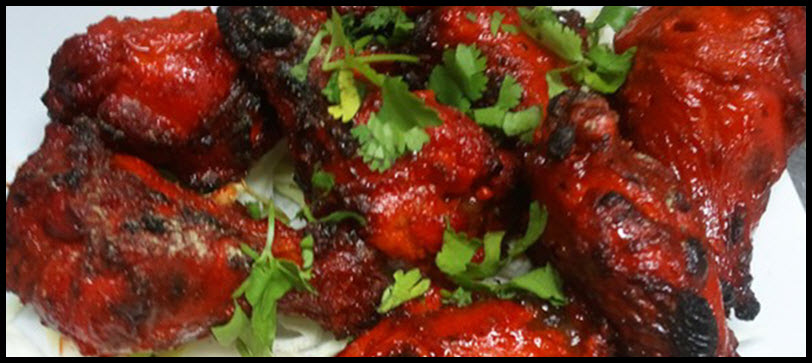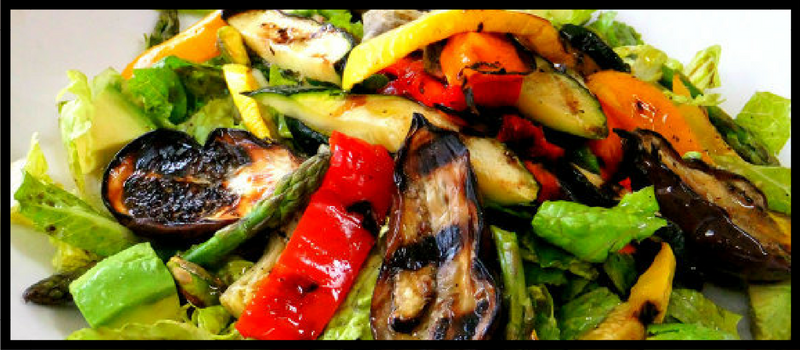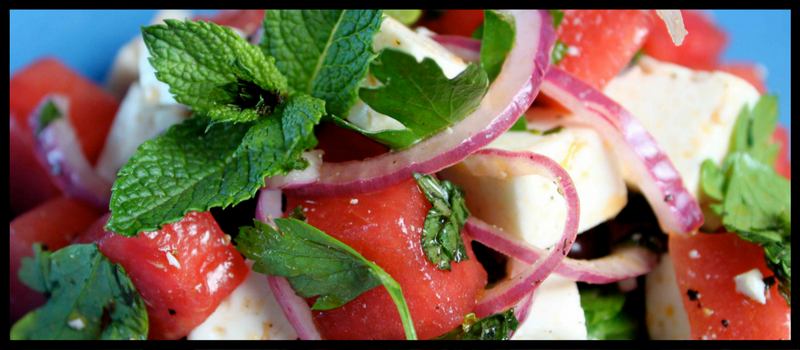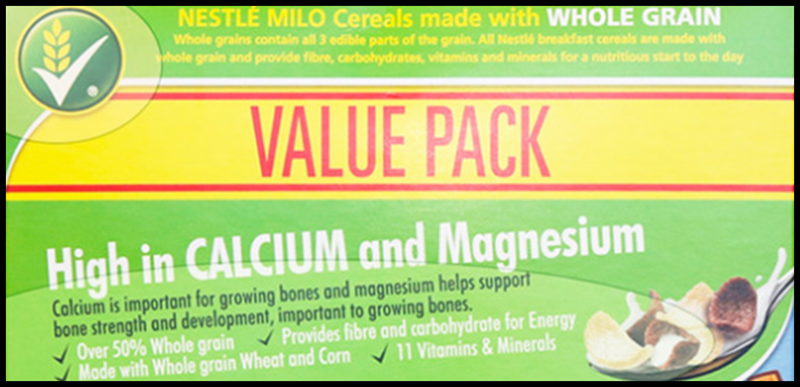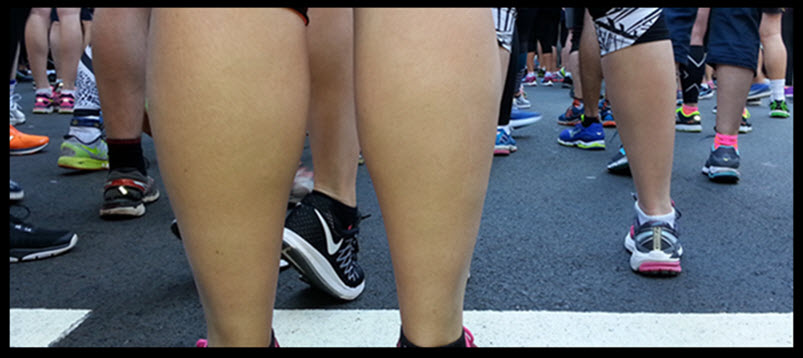Or put another way, how long is a piece of string?
I was chatting with one of our runners the other day, who was concerned that her average heart rate was too high during a recent race. I’m not qualified to answer such a question as it relates to a particular individual and their heart health, but my general feeling was that an average heart rate of 172 beats per minute over a 5km race was not too high. However, if you have any concerns regarding your health, particularly the health of your heart, you should consult someone who is qualified to assess you. And I am not.
So, that’s the disclaimers out of the way. Let me also say, that our training programs are based on pace and intensity level, rather than heart rate. There are too many variables when it comes to heart rate, so it is not the most relevant factor when it comes to determining how hard you can or should race and train. There are many things which can effect your heart rate from day to day, such as sleep and stress levels, just to name a couple.
To race fast, you need a high average heart rate during the race
A relatively high average heart rate during an exercise bout shows a greater capacity of your heart for work. A greater work capacity of your heart is one of the things which will make you able to run faster, and in a race, that’s the goal.
When you increase your speed (and therefore your intensity), your muscles need more oxygen. If your heart has become stronger through training, it will be able to beat faster to get more oxygen and nutrient containing blood to your working muscles. You can’t run faster without your heart rate increasing.
Low Average Heart Rates and Fitness levels
There seems to be a misconception that high heart rates are bad, and being able to maintain a lower heart rate during racing or training means you’re fitter. Through training, you improve your movement economy, your running efficiency. That means at any given pace, your average heart rate will decrease as you become fitter. In other words, as you become fitter and your running economy improves, you don’t have to put as much effort in to run the same pace. Conversely, at any given heart rate, you’ll be able to run faster.
But, more often than not, the goal of a race is to either run as fast as you are capable of, or to beat everyone else in the race-or beat your friends at least. Your goal is not to run with a low average heart rate. A higher average heart rate means your heart is fit enough to have the capacity to work harder, and therefore run faster.
Cardiac Output
Your exercise performance is regulated by your cardiac output. Cardiac output is the amount of blood the heart pumps through the circulatory system in one minute. At rest, your total blood volume (which is generally between 4 and 6 litres, depending largely on your size), is pumped through your heart once. During exercise, the amount of blood pumped by your heart can more than double in a reasonably fit person. In elite athletes, the heart can pump around 6 times as much blood through the circulatory system each minute.
Cardiac output is influenced by two things: stroke volume and heart rate.
Stroke volume is the amount of blood ejected by the heart in one pump, and heart rate is the number of the number of times the heart beats per minute. Increase either or both of these, and you increase cardiac output.
The more active your muscles are, the more oxygen they require. When you start exercising, your muscles signal your hear to pump faster which increases the blood flow. Your working muscles increase stroke volume by contracting and sending larger volumes of blood back towards the lungs where it can be oxygenated and pumped out by the heart again to deliver oxygen back to the working muscles.
Adaptations to Training
As you undertake a training program and get fitter, your cardiac output increases. Your heart, which after all is just another muscles, gets stronger and is able to pump faster, and to pump more blood due to its improved strength, and the improved ability of the working muscles to help deliver deoxygenated blood back to the lungs to be re-oxygenated.
Does your maximum heart rate increase as you get fitter?
Your potential maximum heart rate is probably not very trainable, but your ability to reach your maximum heart rate may be. The whole thing is very hard to measure. To exercise at your maximum heart rate is not a particularly comfortable experience. You basically need to push harder and harder until you’re a blithering mess and can’t tolerate any more. But what’s to say the put at which I might give up, the level of pain I can tolerate, or the level of motivation I have to keep going, is the same as the next persons, or will be the same for me on each occasion I were to undertake such a test?
It’s often reported that as people get fitter, their maximum heart rate decreases, rather than increases. This is most likely due to the improvements in stroke volume as they become fitter. The heart is able to pump more blood each beat, and therefore does not need to pump as fast to deliver blood to the working muscles. It may also have something to do with psychological factors involved in testing.
Maximum heart rate is not the determining factor when it comes to running faster
When it comes down to racing, it’s not the person with the highest maximum heart rate who’s going to run the fastest. It’s far more likely to be the person with the highest average heart rate, or close to it. The person who can maintain a high heart rate for the longest amount of time, will be the person who is able to deliver the most nutrients and oxygen to the working muscles, allowing the muscles to work harder, and allowing the runner to run faster.

